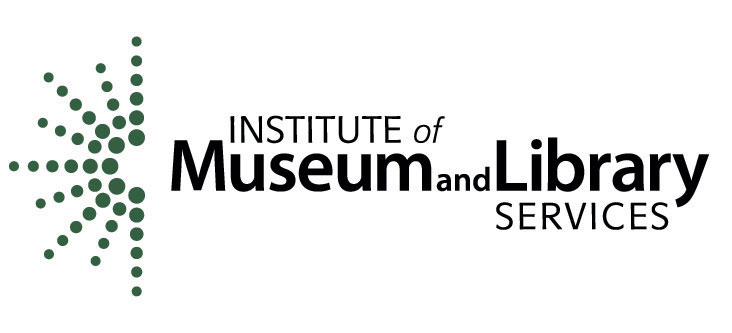The toolkit is designed to be self-directed, but we recommend not moving on to Phases 2 & 3 until you have completed this entire phase.
Table of Contents
Step One: Recruit Your Core Team
Accessibility is everyone’s job. Genuine, permanent change can only come about by including multiple staff members (including volunteers) in the process.
To that end, we strongly recommend that a group of staff and/or volunteers from across all areas of the organization work to complete the Accessibility Excellence Self-Study. In particular, we highly recommend including as many staff and/or volunteers who regularly interface with visitors as possible in self-assessment and later action planning work. We also recommend including people in all levels (entry-level, management, and leadership positions) within organizations. The size of this group should reflect the staff size and scale of your organization.
At an organization with multiple staff members, we recommend people whose work encompasses the following roles be included in both the self-assessment and action planning. These include, but are not limited to:
- Organizational leadership (director, senior staff, leadership group member, etc.)
- Visitor contact staff and/or volunteers (facilities/maintenance, visitor/guest services, security, front desk, tour guide/docent, shop staff/volunteers, etc.)
- Governing authority member(s)
- Collections/curatorial
- Marketing/communications
- Education/public programs
- Museum operations
IMPORTANT: If you have people who have self-identified as having a disability as part of your staff, they should be invited to participate in the core group, regardless of their job description or role in the organization. Remember: Nothing about us, without us!
Step Two: Self-Study Maturity Model
-
- Familiarize your team with the Maturity Models by reading through all the guiding questions first, without trying to answer them. This also can be a good time to look up any words in the Glossary that are new or unfamiliar.
- Collect documents, policies, or any other information on your organization that is referenced in the Maturity Model. This could include: mission statement, staff policies, board bylaws, DEIA policy (if you have one), etc.
- Read the guiding questions again, this time selecting the answers that best fit your organization. This can be done individually or as a group.
- Use your selected answers to find your organization’s place on the Emerging/Basic/Good/Better spectrum.
- Note: Your organization may find it meets different standards depending on the area discussed. For example, your organization might meet most Basic-level statements in “Core Visitor Experience” and mostly Good-level in “Special Events & Programs”.
- Reflect on how your organization currently handles change in the Organizational Reflection Guide before you move on to the workbook.
Step Three: Self-Study Workbook
-
- Use the Self-Study Workbook to explore current museum and nonprofit DEIA standards. The workbook expands into more detail on what certain sections of the Maturity Model may look like in real-life situations.
- Make notes about the work you’re already doing related to the guiding questions in the maturity model.
- Identify strengths you can build on and areas that need improvement. These will help inform the next phase of Action Planning.
- Reflect on change as it relates to your organization’s future in the Organizational Reflection Guide. Where would you like to see the organization in 5 years? How does your organization plan for change and sustainability?
Next: Phase 2 & 3: Prepare & Implement
Content is available under Creative Commons Attribution unless otherwise noted.


